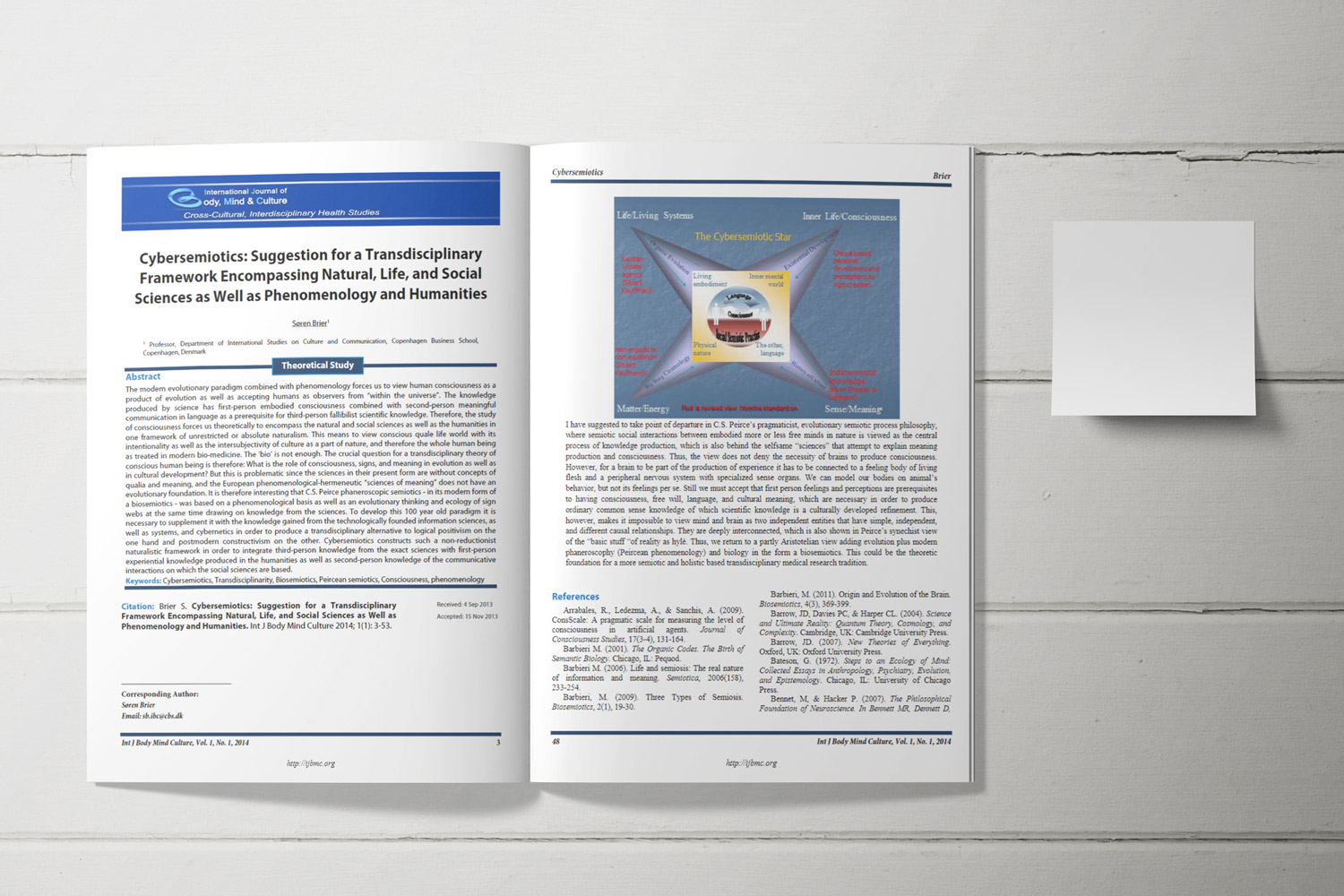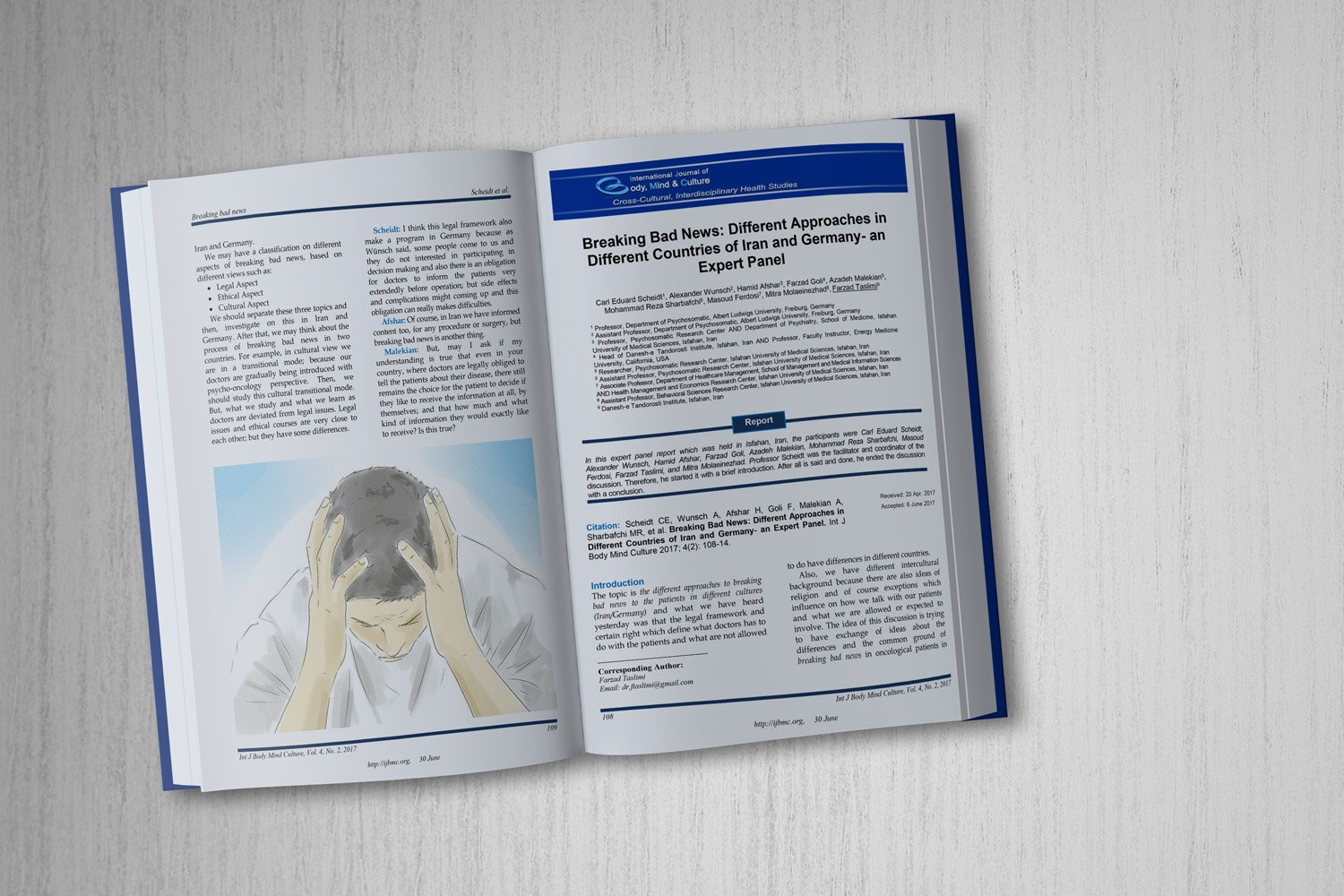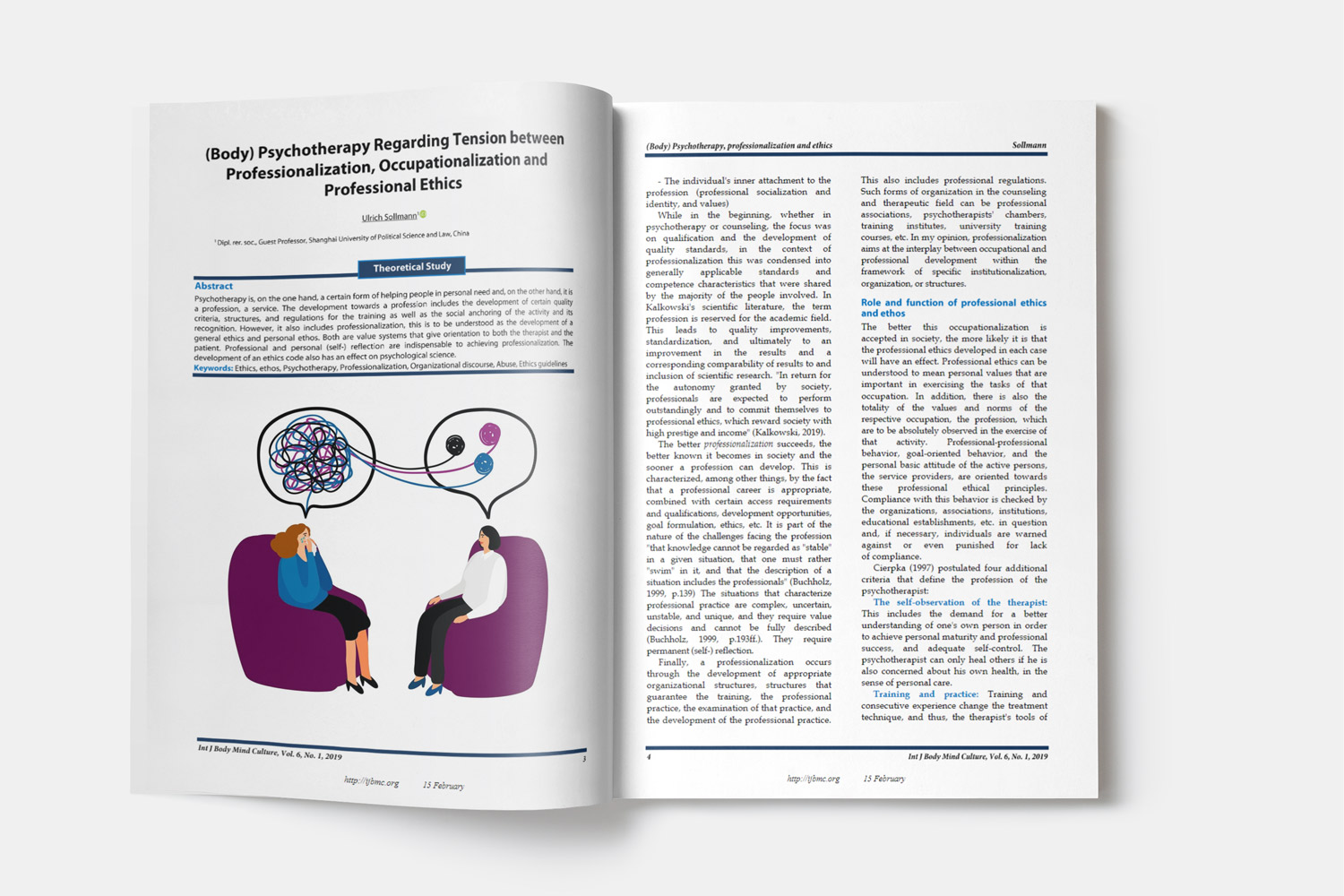Educators' Understanding and Perspectives Toward Child Violence in Specific Primary Schools
Downloads
Objective: To assess educators’ understanding and perspectives toward violence among their students in primary schools. To ascertain the connection between the sociodemographic traits of the educators and their knowledge and viewpoints on child violence.
Methods and Materials: A descriptive cross-sectional study was conducted at governmental primary schools in Al–Basrah City, Iraq, with a random (Systematic Sampling) of 350 educators chosen. The total number of primary schools was 41 during the period from October 31, 2023, to April 30, 2024. After a thorough examination of pertinent literature, the researcher created a questionnaire and adopted and modified scales.
Findings: The results demonstrate that educators have a fair level of understanding and positive perspectives toward school violence. However, the statistics showed there is a significant difference between educators’ understanding and perspectives about school violence. Moreover, there is a significant difference between their educators’ understanding and their experience in dealing with children exposed to violence and between educators’ perspectives and their years of experience.
Conclusion: According to the study's findings, the majority of educators who took part in it had a high opinion and a fair comprehension of school violence, and there was no statistically significant difference in their views with their sociodemographic data except educators’ understanding of dealing child exposed to violence and educators’ perspectives with their years of experience.
Downloads
Abbas Alshammari, N. (2020). Elementary School Counselors' Level of Knowledge of Attention Deficit Hyperactivity Disorder: The Case of the North Border Region of Saudi Arabia. Online Submission, 8(8), 618-624. https://doi.org/10.21474/IJAR01/11533
Abd El-Aziz, E. M., Hussein, Y., Hassan, S. S., & Amein, N. M. (2018). Teachers' Knowledge and Attitudes Regarding Child Abuse in Selected Primary Schools in Minia City. Am J Nurs Res, 6, 598-607. https://www.researchgate.net/profile/Naglaa-Amein/publication/336603959_598-607Teachers'_Knowledge_and_Attitudes_Regarding_Child_Abuse_in_Selected_Primary_Schools_at_Minia_City/links/5da8162ba6fdccdad54ae3f7/598-607Teachers-Knowledge-and-Attitudes-Regarding-Child-Abuse-in-Selected-Primary-Schools-at-Minia-City.pdf
Abdulrazaq, A. S., & Al-Rubaie, S. H. (2022). Assessment of Primary School Teachers' Attitudes Regarding School Violence. Assessment, 62(06). https://www.sciencedirect.com/science/article/pii/S014521341930136X
American Academy of Pediatrics. (2015). Children's Exposure to Violence A Comprehensive National Survey. http://www.pdf.usaid.govpdf
Bachi, D. M., & Kadhim, N. S. (2021). Loneliness and Self-esteem among Nursing College Students at Basra University. Bahrain Medical Bulletin, 43(4). https://bahrainmedicalbulletin.com/DEC_2021/BMB-21-136.pdf
Dawood, Z. S., Jassim, K. M., & Tiryag, A. K. A. S. (2023). Nurses' Knowledge and Attitudes Toward Deep Vein Thrombosis: A Cross-Sectional Study. Bahrain Medical Bulletin, 45(4). https://faculty.uobasrah.edu.iq/uploads/publications/1704824314.pdf
DeMause, L. (2015). The history of childhood. Bellew Publishing Co. https://books.google.com/books?hl=fa&lr=&id=PqVXXO6NgCQC&oi=fnd&pg=PP1&dq=The+history+of+childhood&ots=QQgPKSqbQl&sig=wrd6N6yU82CLbftbCNE-a9-0yM0
Elsayed, H. A. (2020). Assessment of Students' Knowledge of Violence in Primary Schools in El Maasara District. https://www.academia.edu/download/58440192/D0801074150.pdf
Elywy, G. J., Hussein, A. A., & Dabis, H. (2020). Assessment of Teachers' Knowledge about Child Abuse at AL Nasiriya Primary Schools. Indian Journal of Public Health, 11(02), 2191. https://doi.org/10.37506/v11/i2/2020/ijphrd/195156
Gallego, R., Novo, M., Fariña, F., & Arce, R. (2019). La violencia de los hijos hacia los padres y de los padres hacia los hijos: una revisión metaanalítica. The European Journal of Psychology Applied to Legal Context, 11(2), 51-59. https://scielo.isciii.es/scielo.php?pid=S1889-18612019000200001&script=sci_arttext
Hussein, A. A., Bachi, D. M., & Kamil, H. F. (2022). Teachers' Awareness about Epilepsy in Children at Al Basra Primary Schools. Bahrain Medical Bulletin, 44(3). https://faculty.uobasrah.edu.iq/uploads/publications/1676893954.pdf
Hynniewta, B., Jose, T. T., & Anjali, K. G. (2017). Knowledge and Attitudes toward Child Abuse among School Teachers in Selected Urban English-Medium Schools of Udupi District. Manipal Journal of Nursing and Health Sciences (MJNHS), 3(1), 32-36. https://search.proquest.com/openview/8856beded091fa4ca44653fd726dfd1d/1?pq-origsite=gscholar&cbl=2069148
Jabbar, M., Mohammad, M., & Tiryag, A. (2023). CHANGES IN MALE REPRODUCTIVE HORMONES IN PATIENTS WITH COVID-19. Georgian Medical News, 342, 42-46. https://faculty.uobasrah.edu.iq/uploads/publications/1701726435.pdf
Jassim, K. M., Khudhair, A. S., Dawood, Z. S., & Tiryag, A. M. (2023). Nurses' knowledge about electrocardiogram interpretation: A cross-sectional study. Rawal Medical Journal, 48(4), 850. https://doi.org/10.5455/rmj.20230722032424
Kadhim, N. S., Salman, Z. S., & Bachi, D. M. (2023). Teachers' Beliefs about Epilepsy in Children at AL-Basrah Elementary Schools. Bahrain Medical Bulletin, 45(1). https://www.faculty.uobasrah.edu.iq/uploads/publications/1704823709.pdf
Khalaf, A. A., & Aziz, A. R. (2022). Effectiveness of Health Educational Program on Teachers' Knowledge about School Violence in Primary Schools at Suq Al Shuyukh City Center. https://pjmhsonline.com/2021/march/799.pdf
Krug, E. G., Mercy, J. A., Dahlberg, L. L., & Zwi, A. E. (2016). World report on violence and health. World Health Organization. https://www.thelancet.com/action/showFullText?journalCode=lancet&pii=s0140673602111330
López, D. P., López-Nicolás, R., López-López, R., Puente-López, E., & Ruiz-Hernández, J. A. (2022). Association between attitudes toward violence and violent behavior in the school context: A systematic review and correlational meta-analysis. International journal of clinical and health psychology. International Journal of Clinical and Health Psychology, 22(1), 100278. https://doi.org/10.1016/j.ijchp.2021.100278
Mohammad, M., Jassim, F., & Tiryag, A. (2024). Retrograde Intrarenal Lithotripsy Using Disposable Flexible Ureteroscope. Georgian Medical News, 348, 44-46. https://faculty.uobasrah.edu.iq/uploads/publications/1729114481.pdf
Mohammad, M. A., Abdul-Ra'aoof, H. H., Razzaq Manahi, K. A., & Tiryag, A. M. (2024). Parents' Knowledge and Attitudes toward Testicular Torsion. Bahrain Medical Bulletin, 46(1). https://www.bahrainmedicalbulletin.com/December_2023/BMB-23-521.pdf
Mohammad, M. A., Al-Timary, A. Y., & Tiryag, A. M. (2023). Safety of Tubeless Double Access Percutaneous Nephrolithotomy Compared to Single Access Approach. Bahrain Medical Bulletin, 45(2). https://faculty.uobasrah.edu.iq/uploads/publications/1698082860.pdf
Mohammad, M. A., Jassim, F. A., & Tiryag, A. M. (2023). Single-use flexible ureteroscope for the treatment of renal stone. Revista Latinoamericana de Hipertension, 18(7). https://search.ebscohost.com/login.aspx?direct=true&profile=ehost&scope=site&authtype=crawler&jrnl=18564550&AN=173767779&h=nAzCM6e5mGjzapIojMzGDWkbE2G64LkP4AKyid%2F6%2Fi8p%2FsCTVnWxn8KLSklP3DSvEYfsyijAKPx9FtojkQ71Bw%3D%3D&crl=c
Mohammed, S. M., & Khudair, F. W. (2019). Teachers' Perceptions and Attitudes toward Child Abuse in Secondary Schools in Najaf City. Journal of Pharmaceutical Sciences and Research, 11(4), 1510-1515. https://search.proquest.com/openview/a4ab92b34ecbc9bed83ceb97dee98700/1?pq-origsite=gscholar&cbl=54977
Nida, Shamsi, Marie, Andrades, & Hiba, A. (2019). Bullying in school children: How much do teachers know? J Family Med Prim Care, 8(7), 2395-2400. https://doi.org/10.4103/jfmpc.jfmpc_370_19
Poreddi, V., Pashapu, D. R., Kathyayani, B. V., Gandhi, S., El-Arousy, W., & Math, S. B. (2016). Nursing students' knowledge of child abuse and neglect in India. British Journal of Nursing, 25(5), 264-268. https://doi.org/10.12968/bjon.2016.25.5.264
Runyan, D. (2012). Child abuse and neglect by parents and other caregivers. In. https://www.iccwtnispcanarc.org/upload/pdf/3609755328Child%20abuse%20and%20neglect%20by%20parents%20and%20other%20caregivers.pdf
Smihula, & Daniel. (2015). The Use of Force in International Conflict. https://global.oup.com/academic/product/the-use-of-force-in-international-law-9780198784357
Tiryag, A. M., Atiyah, M. A., & Khudhair, A. S. (2022). Nurses' Knowledge and Attitudes toward Thyroidectomy: A Cross-Sectional Study. Health Education and Health Promotion, 10(3), 459-465. https://hehp.modares.ac.ir/browse.php?a_id=62784&slc_lang=en&sid=5&ftxt=1&html=1
Tiryag, A. M., Dawood, S. B., & Jassim, S. K. (2023). Nurses' knowledge and attitudes about enteral feeding complications by nasogastric tube in intensive care units. Rawal Medical Journal, 48(3), 689. https://doi.org/10.5455/rmj.20230412124848
UNESCO. (2119). Behind the numbers: Ending school violence and bullying. https://unesdoc.unesco.org/ark:/48223/pf0000366483
Zainel, I. H., Abdul-Ra'aoof, H. H., & Tiryag, A. M. (2022). Mothers' Knowledge and Attitudes towards their Children with Neonatal Jaundice: A Cross-Sectional Study. Health Education and Health Promotion, 10(3SP - 565), 570. https://hehp.modares.ac.ir/browse.php?a_id=59471&sid=5&slc_lang=fa
Zan, H. M. (2121). Effectiveness of an Educational Program on Primary School Teachers' Knowledge and Attitudes Toward Attention Deficit Hyperactivity Disorder in Al-Najaf Al-Ashraf. https://search.ebscohost.com/login.aspx?direct=true&profile=ehost&scope=site&authtype=crawler&jrnl=09739122&AN=148371428&h=ThjfX1ltj60z5YCjZQfO6yMBfLmUU%2BaYVzZdF%2FJJcuwI%2FLaCNTulh7zKJiFo%2B3uNI0evAJVaq0Zam%2BZZQOKNwg%3D%3D&crl=c
Zhang, W., Chen, J., & Liu, F. (2015). Preventing child sexual abuse early: Preschool teachers' knowledge, attitudes, and their training education in China. Sage Open, 5(1). https://doi.org/10.1177/2158244015571187
Copyright (c) 2025 International Journal of Body, Mind and Culture

This work is licensed under a Creative Commons Attribution-NonCommercial 4.0 International License.















